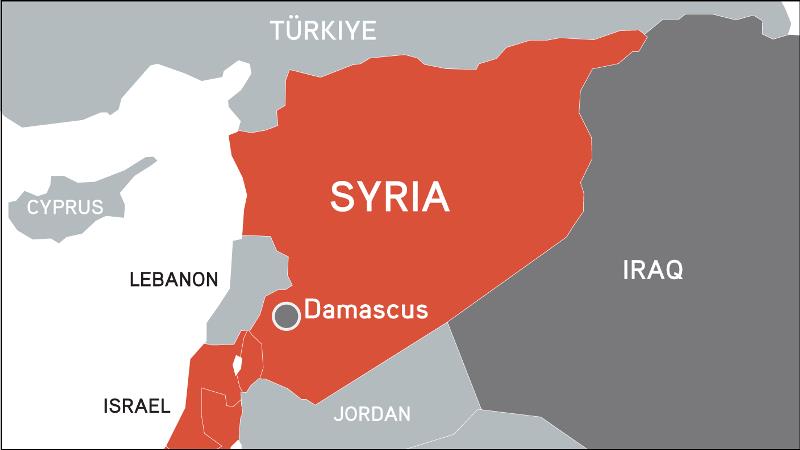Syria has embarked on a new political journey with the signing of an interim constitution by interim President Ahmed al-Sharaa. This temporary charter, effective for five years, aims to guide the nation through its transitional phase following the recent upheaval that led to the ousting of former President Bashar al-Assad.
Key Features of the Interim Constitution:
- Islamic Jurisprudence as Legal Foundation: The constitution upholds Islamic law as the primary source of legislation, continuing the tradition of previous Syrian constitutions. This decision came after extensive debates regarding the role of religion in governance.
- Protection of Civil Liberties: Provisions have been incorporated to ensure freedoms of opinion, expression, and press. The document also emphasizes the protection of women’s social, political, and economic rights, signaling a commitment to broader civil liberties.
- Transitional Governance Structure: A People’s Committee, acting as an interim parliament, has been established to oversee legislative functions until formal elections can be organized within the next five years.
Reactions and Criticisms:
The Kurdish-led Syrian Democratic Forces (SDF) have expressed reservations, arguing that the interim constitution does not adequately represent Syria’s diverse ethnic and sectarian landscape, including Kurds, Arabs, Syriacs, and Assyrians.
International Perspective:
While regional governments have urged the international community to reconsider existing sanctions to alleviate economic instability, there remains hesitancy to lift these measures without observing concrete steps toward inclusive governance and stability.
As Syria navigates this transitional period, the interim constitution serves as a foundational framework aimed at balancing traditional values with the imperative for civil liberties and inclusive governance.



Comments (0)
No comments yet. Be the first to comment!
Leave a Comment